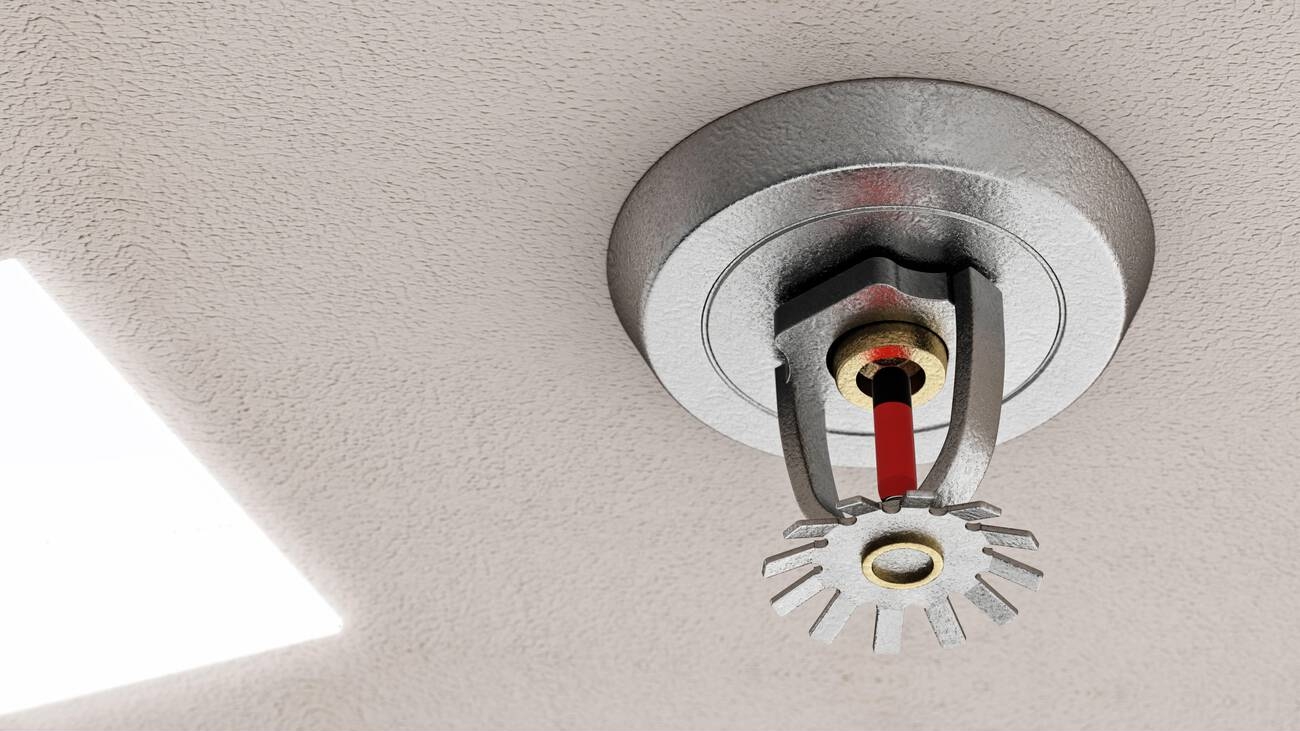In the age of accelerating technological advancements, one innovation that’s been consistently making headlines is 3D printing. This groundbreaking technology has been revolutionizing various sectors, from construction and healthcare to education and beyond. However, its intersection with the news industry presents an intriguing paradigm shift. This article explores this relationship and provides an in-depth look at how 3D printing is shaping the future of the news industry.
The Evolution of 3D Printing in the News Industry
3D printing, also known as additive manufacturing, has come a long way since its inception in the 1980s. It has evolved from creating simple plastic prototypes to constructing complex structures, including houses, medical implants, and even food. The news industry, always on the lookout for fresh and innovative stories, has found a goldmine in 3D printing.
The current state of using 3D printers in industry is dynamic and multifaceted. News outlets are not only covering stories about 3D printing innovations but also exploring its use in journalism. For instance, data visualization using 3D printed models can provide a tangible understanding of complex issues, enhancing the audience’s comprehension and engagement.
Case Studies of 3D Printing in the News Industry
Several instances highlight the growing prominence of 3D printing in the news industry. Let’s delve into a few case studies:
Construction Industry Paradigm Shift Due to 3D Printing
CBS News reported a landmark collaboration between a 3D printing company and NASA aiming to construct infrastructure on the moon. The same technology is being used to 3D print large structures on Earth, potentially revolutionizing the construction industry.
3D printing, also known as additive manufacturing, involves creating objects by adding material layer by layer, guided by a digital blueprint. When applied to construction, this technology can create entire buildings, including houses and offices.
The precision of 3D printing allows for the exact amount of material to be used, significantly reducing waste. In fact, it has been estimated that up to 60% less waste can be generated at the job site compared to traditional construction methods.
Moreover, 3D printing in construction offers several other benefits. It can save time by speeding up the construction process. For instance, 3D printing has demonstrated that it can build a home or building from the ground up in a matter of days. This technology also reduces human error and allows for greater design freedom, innovation, and creativity.
The collaboration between the 3D printing company and NASA signifies a crucial step towards the future of construction. By aiming to construct infrastructure on the moon, the project highlights the potential of 3D printing technology to overcome significant challenges, such as the harsh lunar environment. On Earth, the same technology can be utilized to address pressing issues like housing shortages, environmental impact, and high construction costs.
Revolutionizing Precision & Productivity in Industrial Pellets 3D Printing with Pulsar™ Atom
In a breakthrough for the industrial sector, Dyze Design launched Pulsar™ Atom, a high-performance pellet extruder designed for industrial 3D printing.
The Pulsar™ Atom is a high-flow, precision pellet extruder designed to print large parts as quickly and cost-effectively as possible2. It is an innovation that embodies the core values of Dyze Design – creating reliable, high-performance components for 3D printing. The Pulsar™ Atom aims to redefine precision in high-flow industrial pellet 3D printing by offering unparalleled output, capable of reaching as much as 2.5kg/h3.
The Pulsar™ Atom’s revolutionary design enhances precision in 3D printing in several ways. Firstly, it allows for greater control over the printing process, enabling users to create more accurate, high-quality prints. The high-flow capability of the Pulsar™ Atom also means that it can produce larger parts faster, thereby increasing productivity.
Moreover, the use of pellets instead of traditional filament material offers a range of benefits. Pellets are generally cheaper than filaments, reducing the cost of printing large parts. They also allow for the use of a wider array of materials, including recycled and composite materials, thus expanding the possibilities for industrial 3D printing4.
The launch of the Pulsar™ Atom represents a significant development in the industrial 3D printing landscape. By delivering high levels of precision and productivity, this innovative pellet extruder could potentially transform the way industrial parts are produced. It paves the way for more efficient, cost-effective, and sustainable manufacturing processes, which could have far-reaching implications for industries ranging from automotive to construction.
Volumetric 3D Printing with Recycled Glass
T3DP developed a new technology for semiconductor and solar cell production, using volumetric 3D printing with recycled glass.
Volumetric 3D printing involves the simultaneous solidification of material in three dimensions, creating an object almost instantly. Unlike traditional 3D printing methods that add layers of material sequentially, volumetric printing creates objects in a single step. This approach can dramatically speed up the printing process while still maintaining high levels of precision.
In a groundbreaking development, researchers at NTU Singapore have found a way to utilize recycled glass as a 3D printing material. Traditionally, sand has been the primary raw material used in many forms of 3D printing. However, this new method allows for the replacement of sand with environmentally friendly recycled glass, promoting a circular economy and reducing the demand for natural sand resources.
T3DP’s innovation could significantly impact the semiconductor and solar cell industries. The precision and speed offered by volumetric 3D printing make it an ideal tool for creating intricate components required in these sectors. Moreover, the use of recycled glass could potentially enhance the optical properties of printed objects, which is particularly beneficial for solar cell production.
The introduction of volumetric 3D printing with recycled glass could revolutionize the manufacturing industry. By offering faster production times, greater precision, and a more sustainable material option, this technology holds potential far beyond the semiconductor and solar cell industries. As research and development continue, we can expect to see this innovative method applied in numerous other sectors, from construction to healthcare.
Impact and Future of 3D Printing in the News Industry
The impact of 3D printing on the news industry is profound and varied. It is providing journalists with new storytelling tools, creating opportunities for immersive journalism, and transforming the way news is consumed.
Looking towards the future, we can expect this relationship to deepen. As 3D printing for industry continues to evolve, it will create more news-worthy stories spanning various sectors. Moreover, the use of 3D printing news in data visualization and immersive storytelling will likely become more prevalent, offering audiences richer and more engaging news experiences.
The symbiotic relationship between 3D printing and the news industry is fostering innovation and enhancing the news consumption experience. As we continue to witness the evolution of this dynamic duo, we can look forward to a future where news not only informs but also engages in more interactive and tangible ways.



